Global Biostimulants Market - Comprehensive Data-Driven Market Analysis & Strategic Outlook
- Global biostimulants market valued at approximately USD 3274.5 million in 2025, growing at a CAGR of around 8.2% through 2032, with potential to exceed USD 5687.2 million.
- Acid Based account for a market share of 56.2% in 2024, driving innovation and expanding applications through intense research.
- Key trends driving growth: Rising demand for sustainable agriculture and organic farming practices, Increasing need for higher crop yields to meet global food demand
- Opportunities include: Expansion of biostimulants in emerging markets offers significant growth opportunities
- Key insight: The market is set to grow exponentially in value over the next decade, highlighting significant growth opportunities.
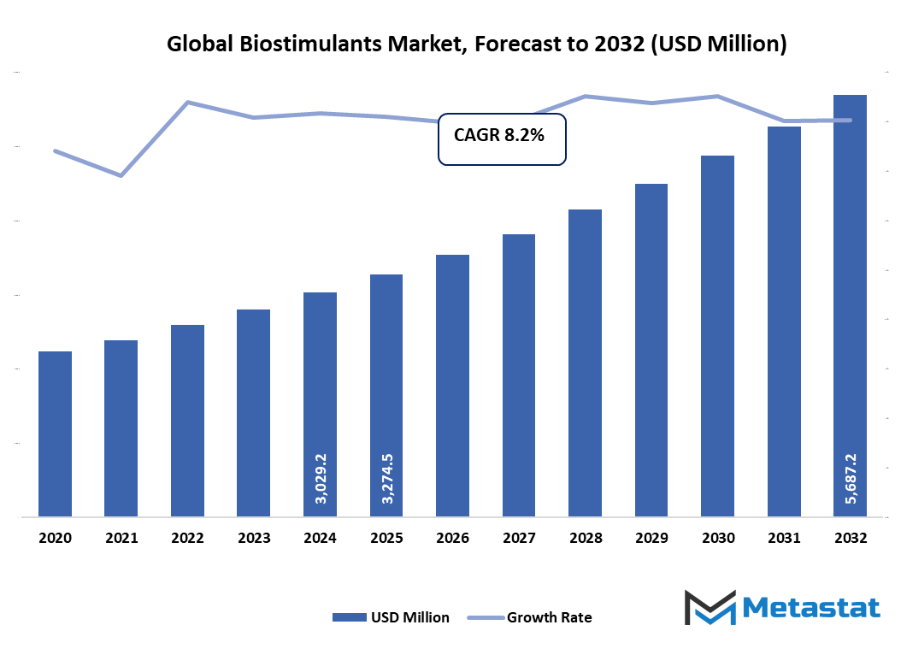
Market Background & Overview
The global biostimulants market is going to be a major source of innovation-based morden agriculture which will be to the next level of the concept by including substances and formulations that enhance plant growth, resilience, and productivity beyond the effects of traditional fertilizers. This market would gather bioactive compounds, microbial solutions, and natural extracts that not only make nutrients more available to the plant but also increase the tolerance of plants to various stresses and raise the quality of the crop. By filling the gap between plant nutrition and environmental sustainability, the industry will be a nurse of agricultural efficiency under changing weather conditions and different soils.
Biostimulants are potenital customers in all sorts of crops such as cereals, fruits, vegetables, and specialty ones and from which the application will be taken both in big commercial farms and less in horticultural ones. Creating advanced formulations by combining multiple active components will be highly effective in solving problems like drought, salinity, and diseases; thus, plants will be permitted to keep metabolic balance and be productive. Further on, we can also see greater use of biotechnological and microbial advancements to increase the specificity and effectiveness of products in the biostimulants market.
The global biostimulants market will develop as a result of cooperation between different stakeholder groups such as agritech companies, research institutions, and government agencies, all aiming to refine product efficacy, comply with regulations and support sustainable agricultural practices. The developments will be based on precision delivery systems, greener production methods, and the use of digital agriculture tools to monitor crop responses and optimize usage. The market will be instrumental in food security programs and the long-term sustainability of agricultural ecosystems by promoting healthy and productive plants while at the same time minimizing the environmental impact.
Market Segmentation Analysis
The global biostimulants market is mainly classified based on Active Ingredient, Crop Type, Application.
By Active Ingredient is further segmented into:
- Acid Based: Acid-based biostimulants, including humic and fulvic acids, are the main contributors to the global biostimulants market that are utilized as a solution to make the soil fertility as well as the nutrient uptake better. The future innovation will improve their bioavailability and their formulation stability, leading to sustainable agricultural practices and higher crop yields.
- Seaweed Extract: The prime reason for the growing popularity of seaweed extracts is that they are natural and offer a complete solution to the physiological growth of plants and help a plant to overcome stress. global biostimulants market would benefit from advanced extraction methods, which can lead to the development of highly concentrated formulations and, as a result, a more efficient use of a wider range of crops.
- Microbial: Biostimulants are a significant contributor to soil health and plant growth when they are microbial in nature and specifically when they include such elements as beneficial bacteria and fungi. The future development of the needed technologies will depend mainly on some cases like those specific applications, shelf life that needs to be improved and precision delivery that can lead to higher use of the technology around the world in precision agriculture practices.
- Others: Also, there are compounds in the group of biostimulants that are made up of amino acids, vitamins, and other speciality ingredients that contribute to the resilience and nutrient absorption properties of the plant. Research and formulation changes will help these additives to be more effective, customizable, and eco-friendly, thereby resulting in a larger share of the sustainable farming system market.
By Crop Type the market is divided into:
- Row Crops & Cereals: Application of biostimulants to row crops and cereals is the stepping stone for increasing nutrient use efficiency, tolerance to stress, and productivity. The innovations will revolve around the crop-specific formulations, the optimized ways of application and also the compatibility of precision farming technologies with the existing farm thus achieving a greater productivity of large scale agriculture.
- Fruits & Vegetables: A good part of biostimulants used for fruits and vegetables is aimed at improving growth, to increase the quality as well as shelf life of the products. global biostimulants market will be positively influenced by the launch of advanced formulations that will prepare the targeted crops for organic farming and will also be compatible with it thus, allowing both commercial and small scales growers to profit.
- Turf & Ornamentals: Biostimulant benefits for the turf and ornamental sectors include the visual aspects of beautification processes and rapid growth along with the aspect of stress resistance in plants. The advantages will be derived from a year-round maintenance plan that is made possible for all three areas due to the high-efficiency of future remedies, thus, less use of chemicals is required during these periods and the sports fields, landscaping and horticulture will be in good condition.
- Others: Besides, there are other crops such as legumes, specialty crops, and herbs besides those mentioned. Biostimulant practices in these areas will concentrate on resilience improvement, productivity, and quality with solutions that may be customized according to region and climate thus, they will be able to be widely used in various agricultural sectors that are different from one another.
By Application the market is further divided into:
- Foliar Treatment: Foliar biostimulants are typically applied to enhance nutrient absorption and plant growth although the application is through leaves. The spray formulations will be more technologically advanced leading to increased absorption efficiency, and better compatibility with modern irrigation systems that will elevate crop performance and operational efficiency.
- Soil Treatment: Soil treatments increase microbial activity, nutrient availability, and soil structure. The Gloabl Biostimulants Market will need to conform to the pace of changes in slow-release formulations, targeted delivery, and soil-specific blends to make the use of the products more effective, less harmful to the environment, and to be a way of supporting sustainable agricultural practices.
- Seed Treatment: Soil treatments increase microbial activity, nutrient availability, and soil structure. The Gloabl Biostimulants Market will need to conform to the pace of changes in slow-release formulations, targeted delivery, and soil-specific blends to make the use of the products more effective, less harmful to the environment, and to be a way of supporting sustainable agricultural practices.
|
Forecast Period |
2025-2032 |
|
Market Size in 2025 |
$3274.5 Million |
|
Market Size by 2032 |
$5687.2 Million |
|
Growth Rate from 2025 to 2032 |
8.2% |
|
Base Year |
2024 |
|
Regions Covered |
North America, Europe, Asia-Pacific, South America, Middle East & Africa |
By Region:
The global biostimulants market will show a lot of differences at a regional level due to the variety of agricultural practices, climatic conditions, and regulatory frameworks. United States, Canada, and Mexico known as North America, will be the first to implement the use of sophisticated biostimulant solutions. This is going to be a major factor in the extensive large-scale commercial farming and the associated technological integration. The production will be the main driver in this region; farmers will use different methods, including soil management and crop yield optimization, in order to practice in a sustainable way and as a result, they will make North America take a step forward in developing the market.
Being the most important industrially advanced region of the Earth, Europe, including the UK, Germany, France, Italy, and the rest of the continent, will focus on regulatory compliance, organic farming initiatives, and precision agriculture solutions. The transition from synthetic to natural fertilizers will be a trend in this region, thus the use of bio-based and microbial biostimulants is going to increase. The forefront here will be taken by the major global research institutions and the leading agritech companies, through their efforts in innovation, for example, the development of formulations for diversified crops and different environmental conditions.
On the other hand, Asia-Pacific will be a vibrant market with the presence of the countries of India, China, Japan, South Korea, etc. Field demand for agricultural products is the major reason behind this development, in addition to the support that the government gives to sustainable farming and the increased awareness of ecological-friendly crop enhancement solutions. It will be a perfect way to combine the use of biostimulants in the commercial crop systems along with other techniques in order to increase the productivity as well as the resistance against climatic variability in South America, where Brazil and Argentina will play the leading roles. Biostimulants will be a key factor in such areas that are in the Middle East and Africa, including GCC countries, Egypt, and South Africa, facing a problem of arid and semi-arid regions, as a result of using biostimulant solutions to improve crop performance. Overall, the progression of the global biostimulants market such as technological innovation, regional adaptation, and sustainable practices will be across all regions and will help in enhanced crop productivity and will also be a source of long-term agricultural resilience
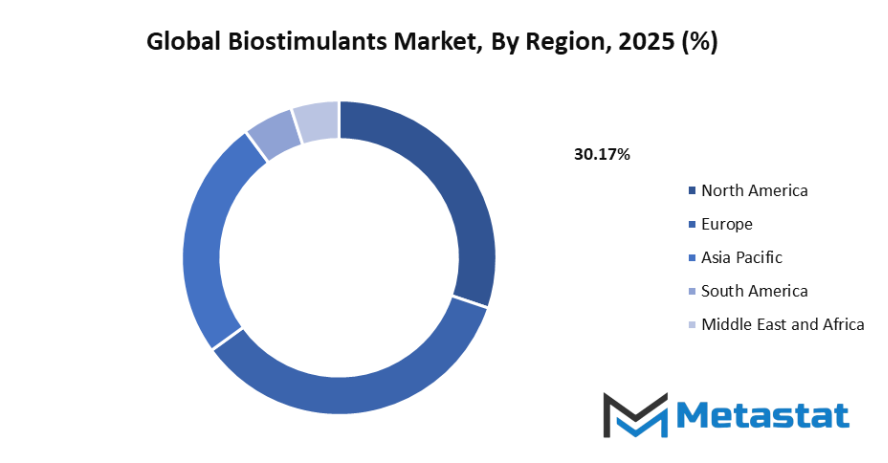
Market Dynamics
Growth Drivers:
- Rising demand for sustainable agriculture and organic farming practices : The global biostimulants market is growing from the increasing need for sustainable and organic farming techniques. Farmers and businesses in the agricultural sector are looking for solutions that are friendly to the environment and will improve soil quality, make crops more resilient, and lower the use of chemicals. In this way, the use of biostimulants in different agricultural systems is being sustained across the world.
- Increasing need for higher crop yields to meet global food demand: The global biostimulants market could be supported by the growing demand for higher crop yields to satisfy the worldwide food demand. Biostimulants are effective in nutrient uptake, stress tolerance, and plant growth, so the farmers can be as productive as possible on the land that is limited and still produce the required amount of food in a sustainable and efficient way for a growing population.
Restraints & Challenges:
- High costs of production and product standardization challenges: The high production costs and product standardization difficulties tend to be the main reasons that adoption of the global biostimulants market is limited. The quality needs to be consistent for the manufacture of high-tech and high-quality products, and to do this, certain tests and processes must be performed which, in turn, can increase product prices. Part of the additional costs could well become a money gate for small and middle farmers, especially in those regions that are sensitive to price.
- Limited awareness among farmers in developing regions restrains adoption
The low level of education of farmers in developing countries is the cause of lower use of biostimulants, which directly restrains the growth of the global biostimulants market. An adoption rate is lower due to a lack of knowledge of benefits, methods of application, and long-term worthiness. Therefore, programs dedicated to educating the farmers, government initiatives, and campaign outreach are crucial for market penetration further on.
Opportunities:
- Expansion of biostimulants in emerging markets offers significant growth opportunities: The global biostimulants market will gain a lot from off-take in emerging markets. Investing in modern agriculture is the trend that is supposed to continue and is likely to be one of the main reasons for this market growth. Besides that, introducing the use of the latest technology in agriculture, and rising consumer appetite for organic food will increase the demand, therefore, allowing corporations to cover more ground in the field of biostimulant for growth and region-specific product markets.
Competitive Landscape & Strategic Insights
The global biostimulants market ought to be the result of a blend of long-time multinational corporations and new regional players, thereby creating a competitive market that is highly driven by innovations. Some of the top companies are going to be the first to bring in new market trends through their advanced formulations, product development based on research, and global distribution networks. These firms will integrate biotechnology, microbial solutions, and bioactive compounds into farming to stimulate plant growth, promise nutrient uptake, and alleviate stress. The organizations that will be at the forefront of the technological revolution include Isagro Group, BASF SE, Biolchim S.P.A., Sapec Agro S.A., Platform Specialty Products Corporation, Novozymes A/S, Valagro SpA, Italpollina SAP, Koppert B.V., Biostadt India Limited, Bayer AG, Syngenta AG, UPL Limited, Gowan Group, Marrone Bio Innovations, SEIPASA S.A., and P.I. Industries.
The emerging regional rivals will add to the offshoot and distinctiveness of the market by being more precise in their solutions concerning local crops, soil quality, and climate difficulties. They are going to be quick to embrace innovative biostimulant technologies, which will provide them with specialty products and adjust their formulations to the region that will be compatible with a greater industry offering.
Forecast & Future Outlook
- Short-Term (1–2 Years): Recovery from COVID-19 disruptions with renewed testing demand as healthcare providers emphasize metabolic risk monitoring.
- Mid-Term (3–5 Years): Greater automation and multiplex assay adoption improve throughput and cost efficiency, increasing clinical adoption.
- Long-Term (6–10 Years): Potential integration into routine metabolic screening programs globally, supported by replacement of conventional tests with advanced biomarker panels.
Market size is forecast to rise from USD 3274.5 million in 2025 to over USD 5687.2 million by 2032. Biostimulants will maintain dominance but face growing competition from emerging formats.
Among other strategic insights are that the future of the global biostimulants market depends on the success of collaborative research, technological advances, as well as regulatory policies. These companies will embark further on integrating data-driven agricultural implements, employing precision delivery systems as well as defective production methods that are environmentally friendly in order to make the product more efficient and resources to be utilized optimally. The market would thus, by the combining the application of global expertise and localized innovation, be solidifying its influence on the increase of agricultural productivity, crop quality, as well as sustainable farming practices worldwide.
Report Coverage
This research report categorizes the global biostimulants market based on various segments and regions, forecasts revenue growth, and analyzes trends in each submarket. The report analyses the key growth drivers, opportunities, and challenges influencing the global biostimulants market. Recent market developments and competitive strategies such as expansion, type launch, development, partnership, merger, and acquisition have been included to draw the competitive landscape in the market. The report strategically identifies and profiles the key market players and analyses their core competencies in each sub-segment of the global biostimulants market.
Biostimulants Market Key Segments:
By Active Ingredient
- Acid Based
- Seaweed Extract
- Microbial
- Others
By Crop Type
- Row Crops & Cereals
- Fruits & Vegetables
- Turf & Ornamentals
- Others
By Application
- Foliar Treatment
- Soil Treatment
- Seed Treatment
Key Global Biostimulants Industry Players
- Isagro Group
- BASF SE
- Biolchim S.P.A.
- Sapec Agro S.A.
- Platform Specialty Products Corporation
- Novozymes A/S
- Valagro SpA
- Italpollina SAP
- Koppert B.V.
- Biostadt India Limited
- Bayer AG
- Syngenta AG
- UPL Limited
- Gowan Group
- Marrone Bio Innovations
- SEIPASA S.A.
- P.I. Industries
WHAT REPORT PROVIDES
- Full in-depth analysis of the parent Industry
- Important changes in market and its dynamics
- Segmentation details of the market
- Former, on-going, and projected market analysis in terms of volume and value
- Assessment of niche industry developments
- Market share analysis
- Key strategies of major players
- Emerging segments and regional growth potential



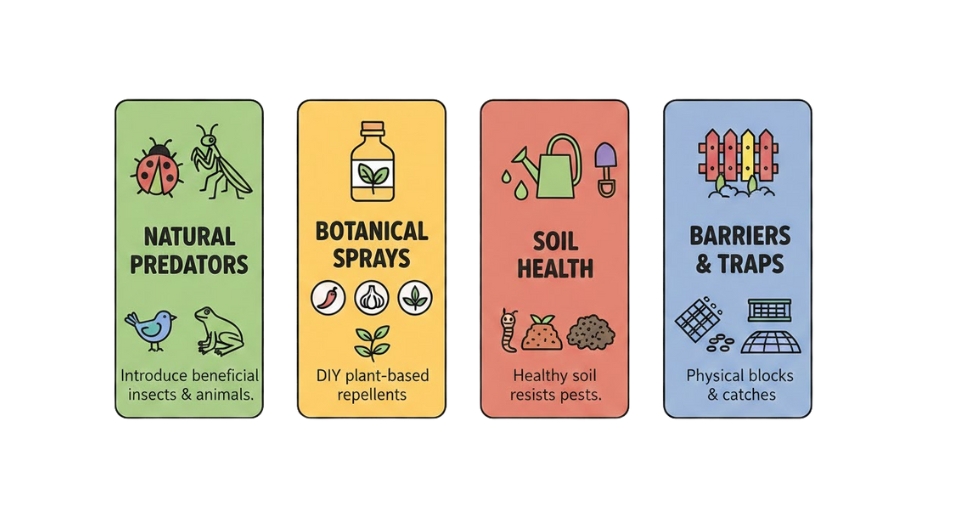
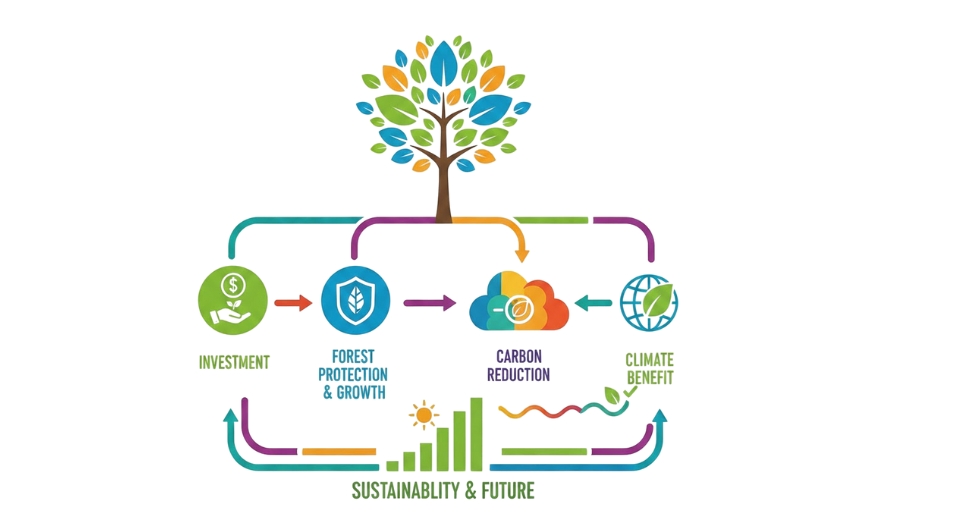
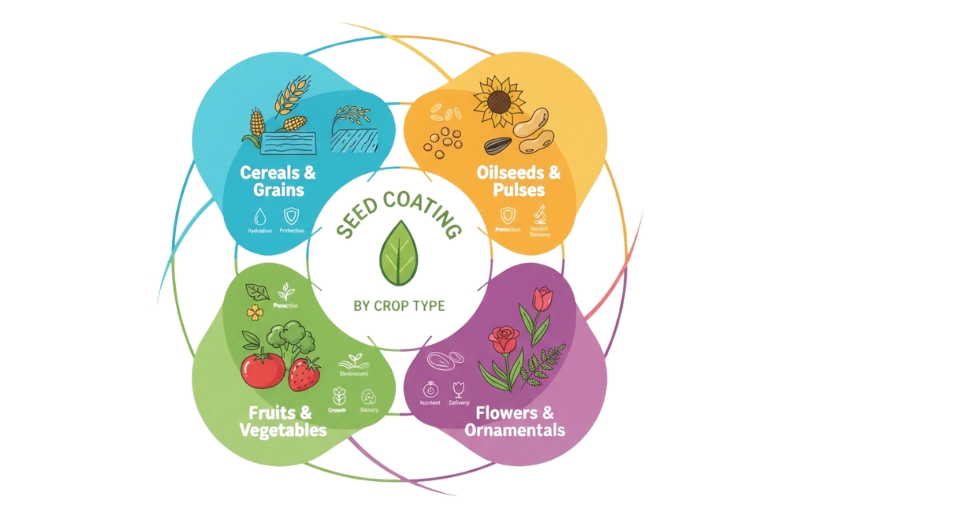
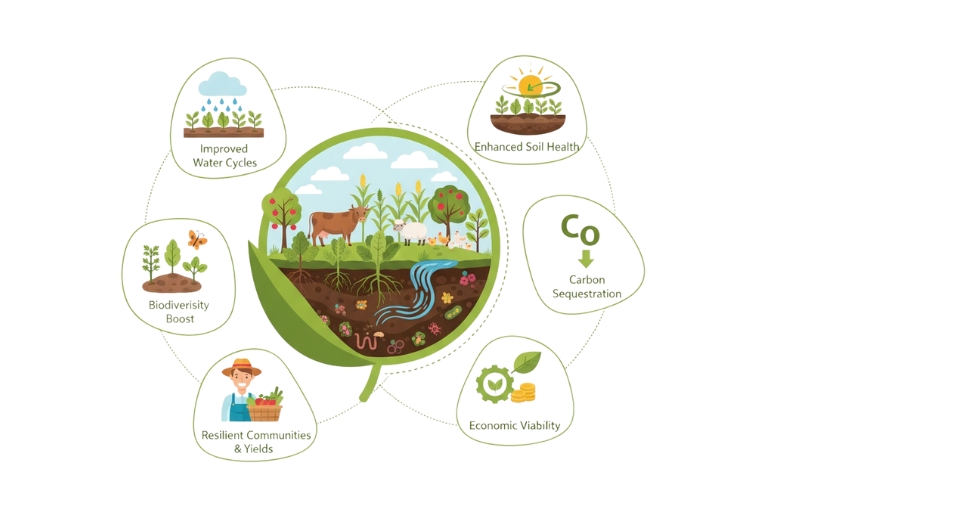

 US: +1 3023308252
US: +1 3023308252






